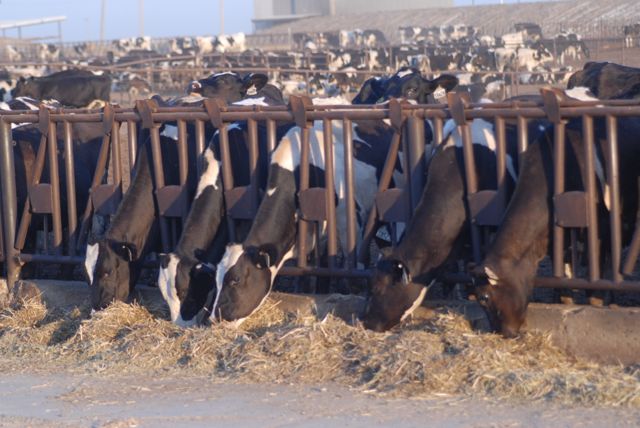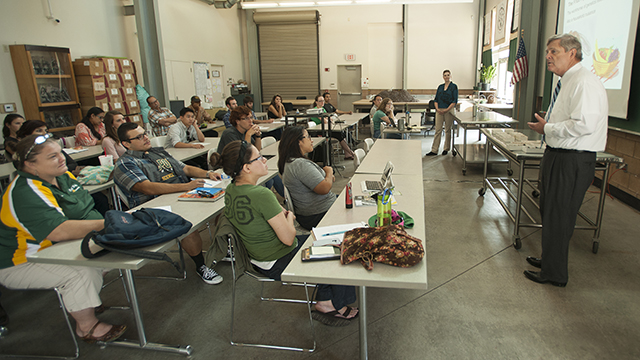Western United Dairymen Statement on Executive Immigration Action
State Needs Immigration Action for Year-Round Labor
Yesterday, President Obama announced a series of executive immigration actions intended to provide relief from deportation and work authority to certain individuals who are not legally present in the U.S. The specific implications for agriculture are difficult to assess, but it is clear President Obama’s executive action is limited and only proposes temporary relief.
WUD firmly believes that Congressional action is the only true path to a comprehensive solution for the current broken immigration system. For example, farmers with year-round labor needs are ineligible to participate in any existing program because the law requires the job to be seasonal and the worker to be temporary. Legislation appears to be the only way to eliminate this challenge to our country’s food security.
The consequences of labor instability and Congressional inaction to address it have been severe. We are committed to achieving a fair legislative solution that most importantly, legalizes the current workforce and provides a stable, legal, year-round workforce moving forward. Our dairy families depend on these experienced employees who understand the needs of our dairy farms and herds.
WUD is a voluntary membership organization representing more than 60% of the milk produced in California. Membership benefits include resources in labor law, environmental regulations and pricing issues. Members decide the direction of state and federal legislative efforts affecting the dairy industry.



















